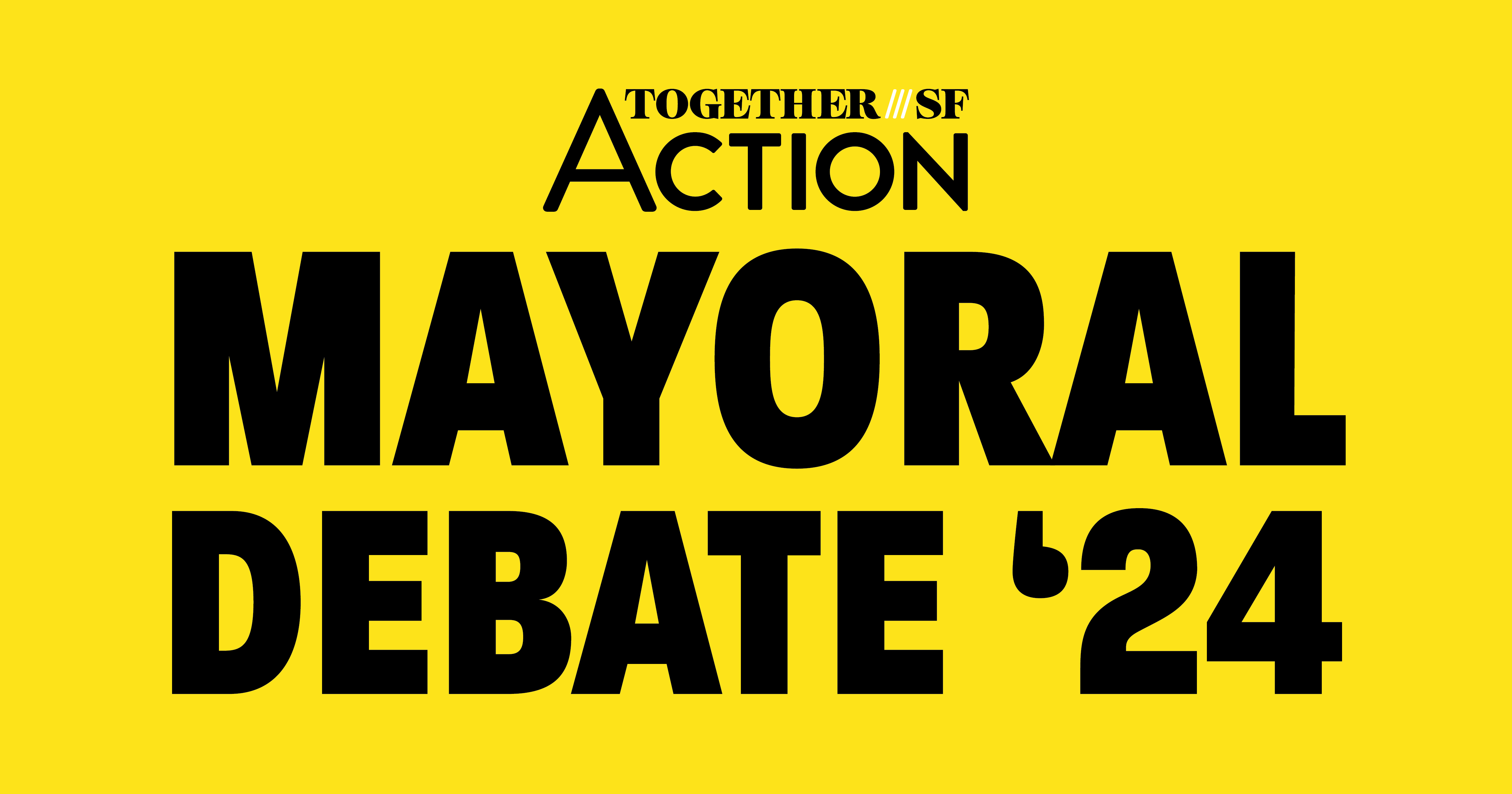by Randy Shaw on April 15, 2024 (BeyondChron.org)

Homeless shelter planned for retail spaces next to kid’s playground
City Must Ban Retail Conversions
Last week’s SF Standard detailed plans to open a homeless shelter and drop-in center next to one of the Tenderloin’s few children’s playgrounds (“Locals furious with homeless shelter plan for 3 vacant storefronts.”). The plan highlights a major threat to the Tenderloin’s future: the steady conversion of its retail spaces to homeless and mental health services.
Up to now the community has battled against each project that comes up—like the new shelter or the planned conversion of the former Turtle Tower Restaurant in Little Saigon to a homeless drop-in center (See “‘It’s getting worse’: Why Tenderloin businesses worry about a new S.F. homeless intervention in their midst,” SF Chronicle, January 11, 2024).
This case by case opposition, however, is not assured of success.
For example, the San Francisco Department of Public Health swooped in to buy one of the largest retail spaces in the Tenderloin for what they originally said was a safe injection site at 822 Geary. When that site became infeasible the use was changed to a behavioral mental health clinic.
The site was purchased in secret. None of the community processes required in other neighborhoods applied. That’s why a more sure tight restriction on retail conversions is necessary.
It’s time for the city to enact interim controls barring conversions of ground floor retail in the Tenderloin neighborhood. Preserving ground floor retail is essential for the Tenderloin’s revitalization.
The Tenderloin Needs Retail
A working-class, low-income neighborhood like the the Tenderloin needs retail. Retail includes neighborhood serving businesses as well as those that bring in customers and positive foot traffic from outside the neighborhood. Anyone familiar with neighborhood retail spaces know they rarely thrive in isolation; the proposed shelter on Turk would eliminate three retail spaces on a side of a block where there is currently only one open retail space—-and that’s on the corner of Larkin.
Retail is particularly important in the Tenderloin because most Tenderloin residents don’t have the luxury of having meals delivered. Amazon trucks do not fill Tenderloin streets. It probably has among the fewest deliveries of any neighborhood as residents need to personally purchase what they need.
Retail is a vital resource in the Tenderloin. The city must protect it.
Disproportionate Homeless/Health Services
The Tenderloin’s conversion to a drug containment zone has made it tough for local businesses to survive. Popular businesses like La Cocina Municipal Marketplace and Piano Fight! both closed and once thriving Little Saigon has huge retail vacancies.
Building owners are offering sweet deals to attract tenants. And those seeking to provide homeless and mental health services realize they face political opposition if they try to open in other neighborhoods. So they instead target the Tenderloin. They don’t care that it is already over-saturated with similar services. Nor are they concerned that converting a restaurant space in an historic Little Saigon neighborhood could kill nearby businesses.
The argument that “the Tenderloin is where the target population is so that’s where services should be” fails to ask: why is the target population so prevalent in a 39 block historic neighborhood filled with children, immigrants, seniors and low-income and working-class residents?
The “target population” is in the Tenderloin because the city seeks to confine drug users there. To prevent them from going to more affluent neighborhoods. All of this is laid out in the recent lawsuit filed by Tenderloin residents and hotels against the city. Also recall how when Mayor Breed issued her Emergency Order for the Tenderloin in December 2021 some supervisors expressed concern that it would shift drug dealers to their districts.
Some believe, and D5 Supervisor Dean Preston seems to be among them, that the Tenderloin should become one big Navigation Center. Homeless, mental health services and “safe” injection sites everywhere even if that puts every retail establishment in the Tenderloin out of business.
That’s the wrong agenda for the city’s largest remaining working-class and low-income neighborhood. The Tenderloin has a long history of successful restaurants, entertainment venues, and other businesses. City Hall should build on this history, not tear it down.
A Residential Neighborhood Without Retail?
What would the Richmond be without Clement Street and other ground floor retail? Or the Castro without Castro Street retail or Noe Valley without its retail on 24th Street?
Imagine the outrage from residents of these neighborhoods if they were told that a former restaurant space or three retail spaces were being converted to homeless shelters/drop in. The former in an historic restaurant district, the latter only steps from a children’s playground.
We have to imagine this because it would never happen.
Restricting City Funding is Not Enough
The Hyde Street plan above has no city funding. It claims to seek funding through crowdfunding. That’s why preventing city agencies from funding new programs in the Tenderloin is not sufficient to protect retail spaces. Such a restriction would also not stop religious organizations from using their own funds to convert retail spaces to homeless services.
Only an interim zoning measure that bars retail conversions immediately will adequately protect the Tenderloin. I look forward to the Mayor and Board moving forward with a proposal.






